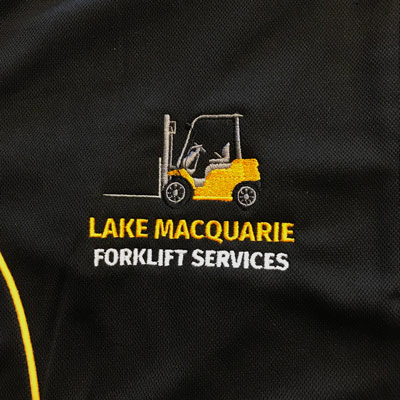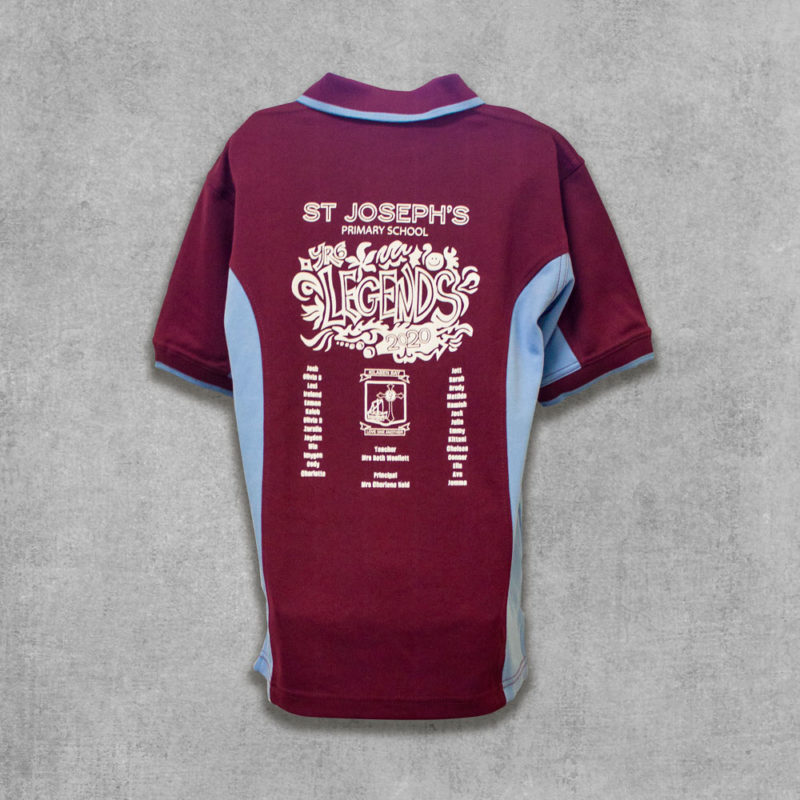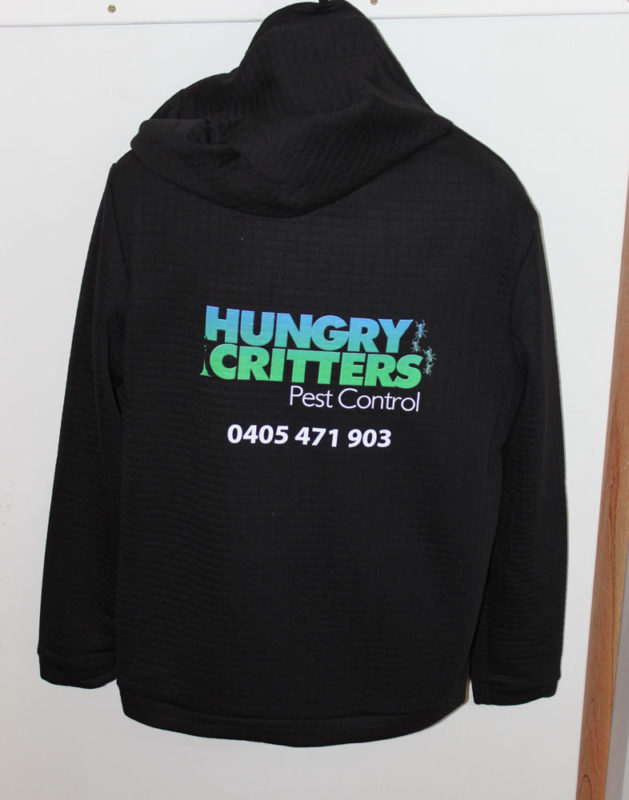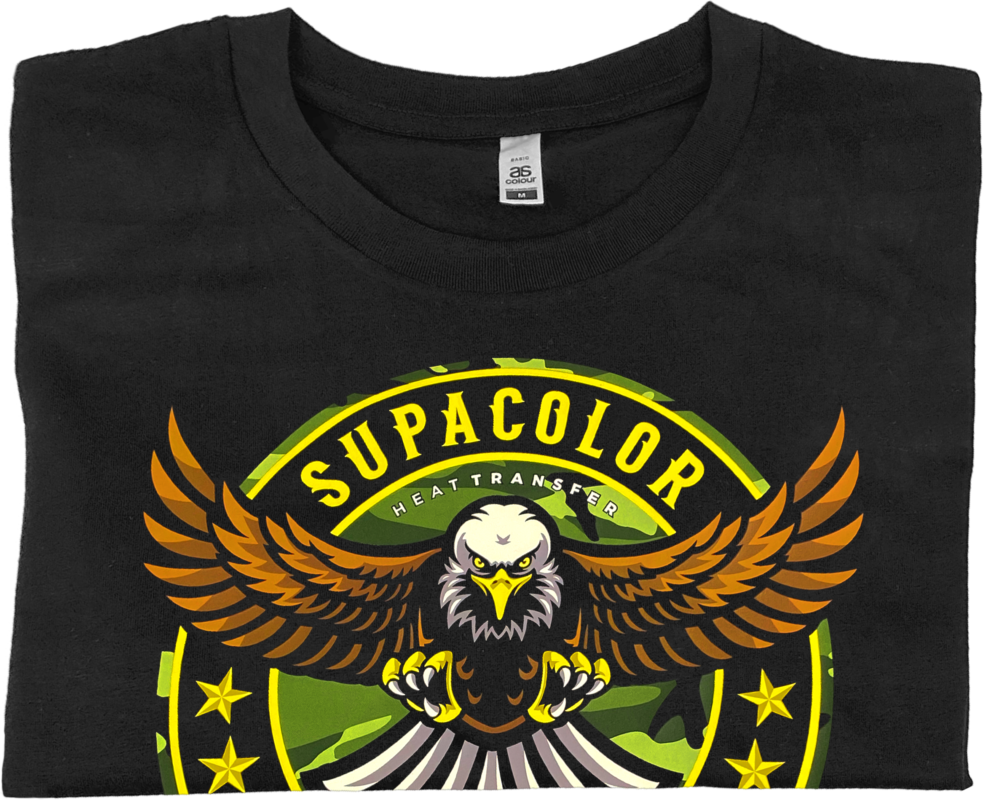In-House
Embroidery
Embroidery is an age-old process of weaving a design onto fabric using a thread and needle. Today, instead of someone actually sewing a design by hand, a digital file is created that tells a machine how and where to put each stitch. Embroidery works best with simple, low colour count logos or artwork. Photographs and artwork with fine detail or gradients usually can not be embroidered. We’ll be sure to contact you if this is the case and recommended ways we can alter your design or suggest alternative printing methods.
After we receive your order and review your artwork, the first step in the process is to “digitize” your design. This just means we are creating a digital file that contains instructions on how to stich your artwork. Once digitized, the file is send to the embroidery machine and the design will be sewn out onto the product. Embroidered logos generally use between 5,000 – 10,000 stiches to create your design. Very intricate indeed!
We have a 1 garment minimum on all Embroidery orders.
Advantages: Vibrant Colours, Graphics Don’t Crack or Peel, Embroidery will outlast the garment, Perfect for simple text based logos.
Disadvantages: Limited Colour Choices, Gradients are not replicated, Maximum width of 100mm per design, Minimum Text Height of 5mm, Fine details are not replicated.
Washability: Unlimited, Very Long-Lasting.





